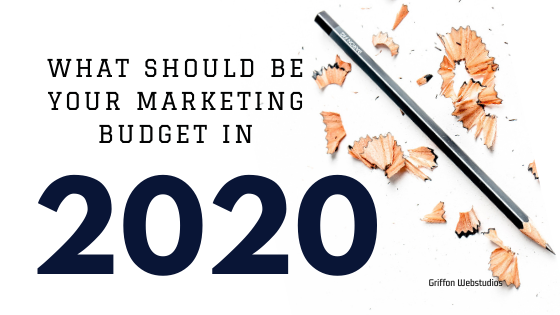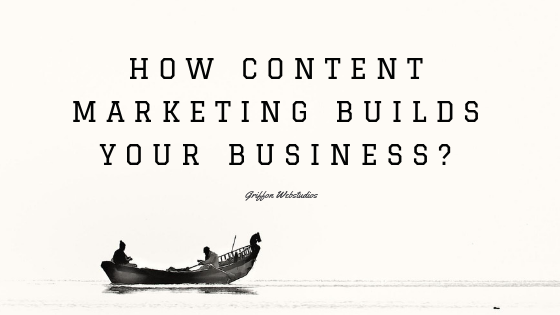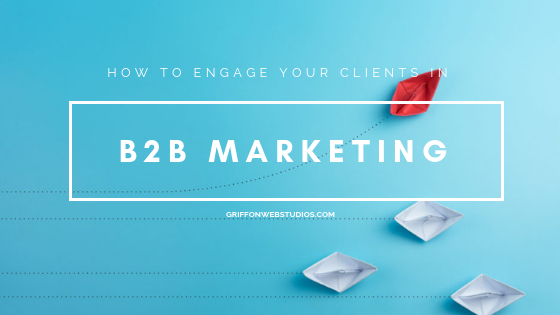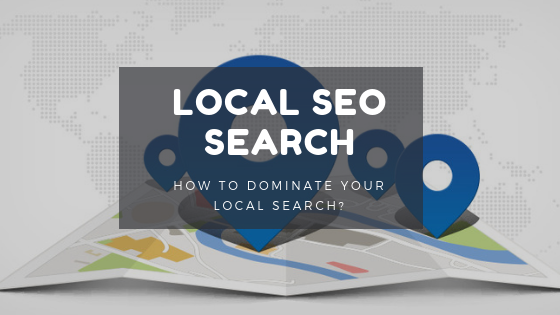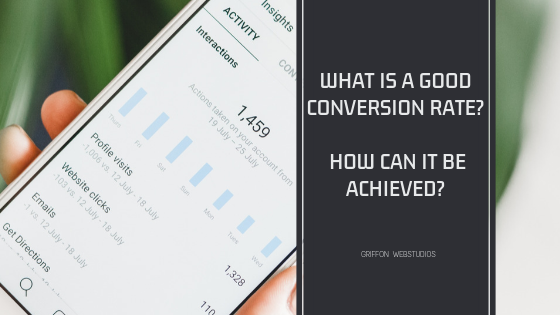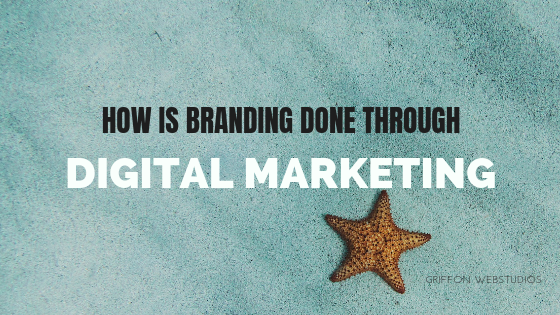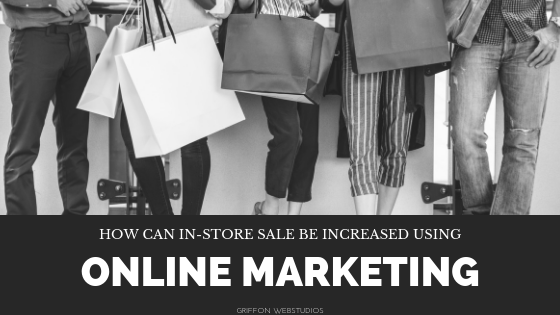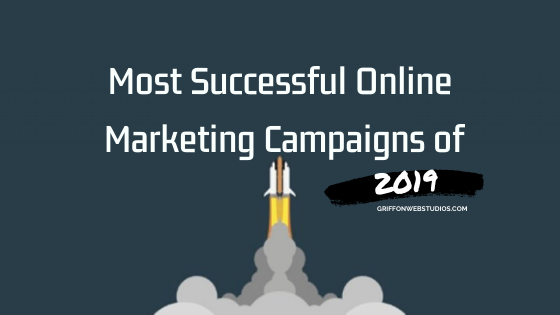
Most Successful Online Marketing Campaigns of 2019
Another year has passed. Events have transpired, some memorable, some less so. Timelines are filled with pictures capturing the gradual passage of time. Social media feature unfiltered streams of consciousness, spewing forth a healthy blend of opinion with limited facts. The gram is littered with a litany of #ad featuring all manner of products and “experiences”. With such a smorgasbord of information bombarding us at a nearly constant rate, we look back at the online marketing campaigns that cut through the noise. Rising to our prestigious title nomination of the Most Successful Online Marketing Campaigns of 2019. Let’s begin with that cuts close to our hearts. Gillette’s masterful marketing moves have been on the mainstream radar for some time now. Utilizing the perceived qualities of manhood to sell razors with an ever-increasing about of cool strips and blades, is no simple task. Unlike the simplicity of shaving with a Gillette branded product. This is why the public was taken aback when Gillette used their ideal man imagery as a call to arms with ‘The Best Men Can Be’ campaign. Imploring the male masses to be better and treat others with the respect they deserve is an aggressive strategy. Well suited

